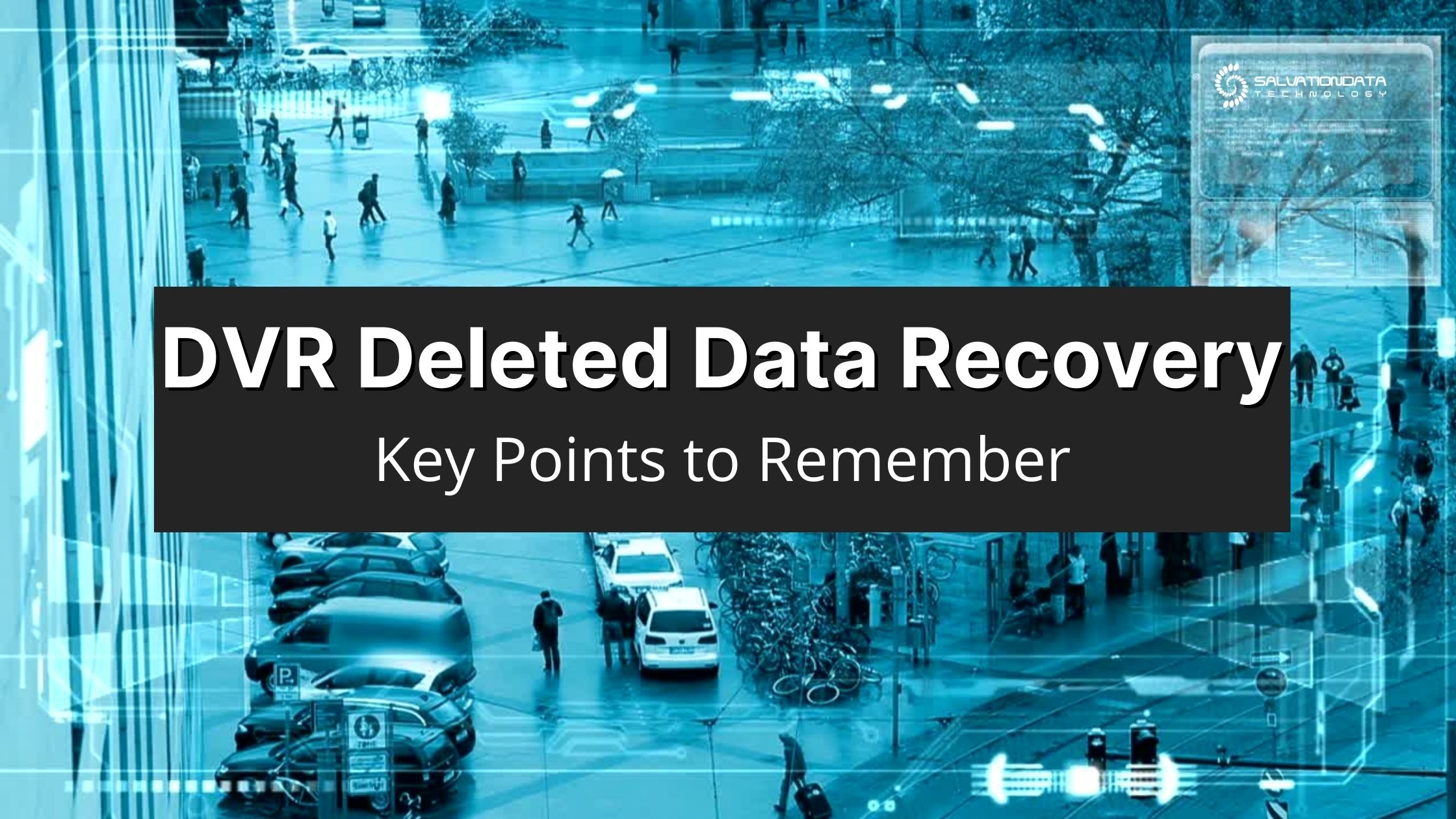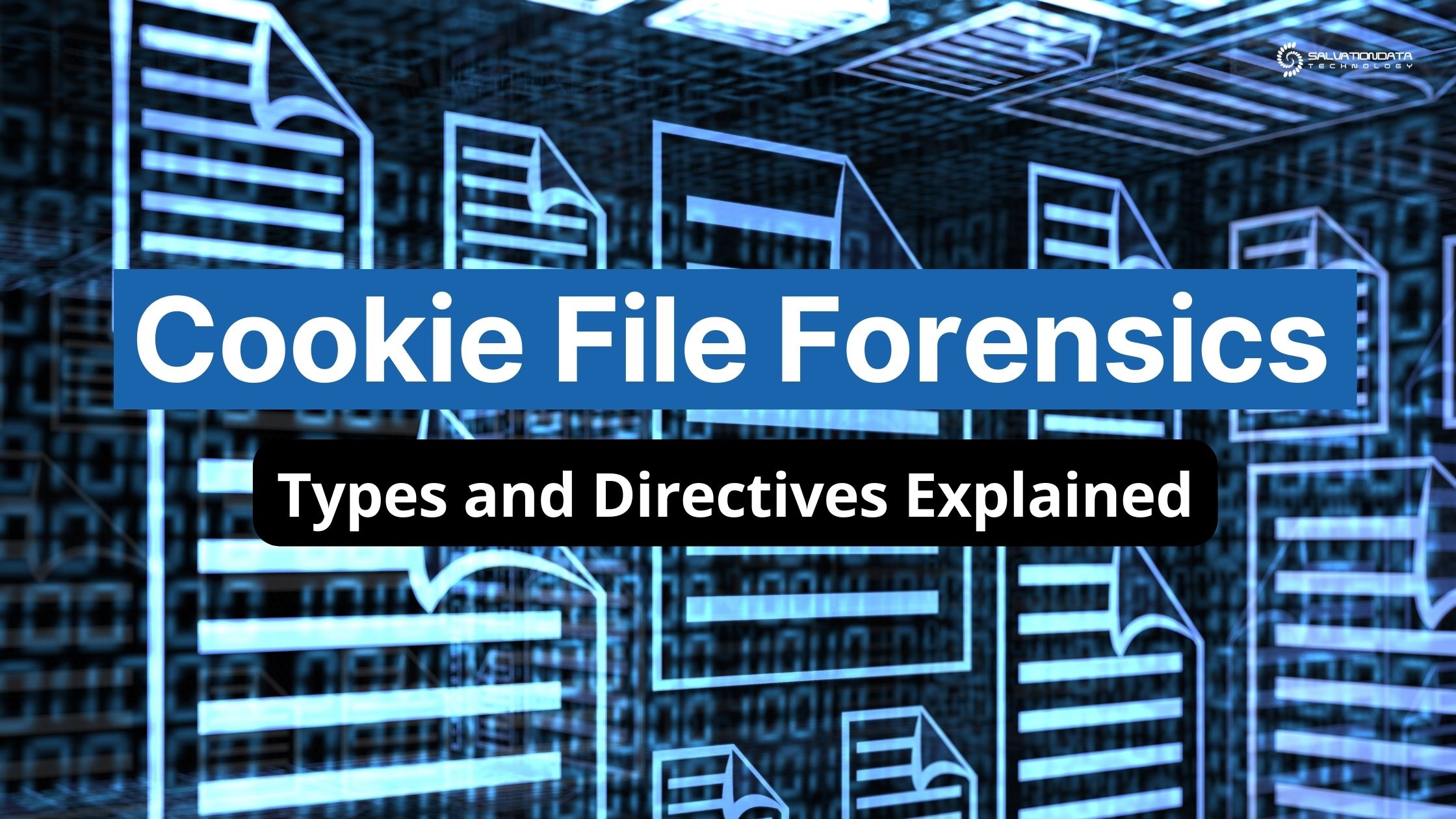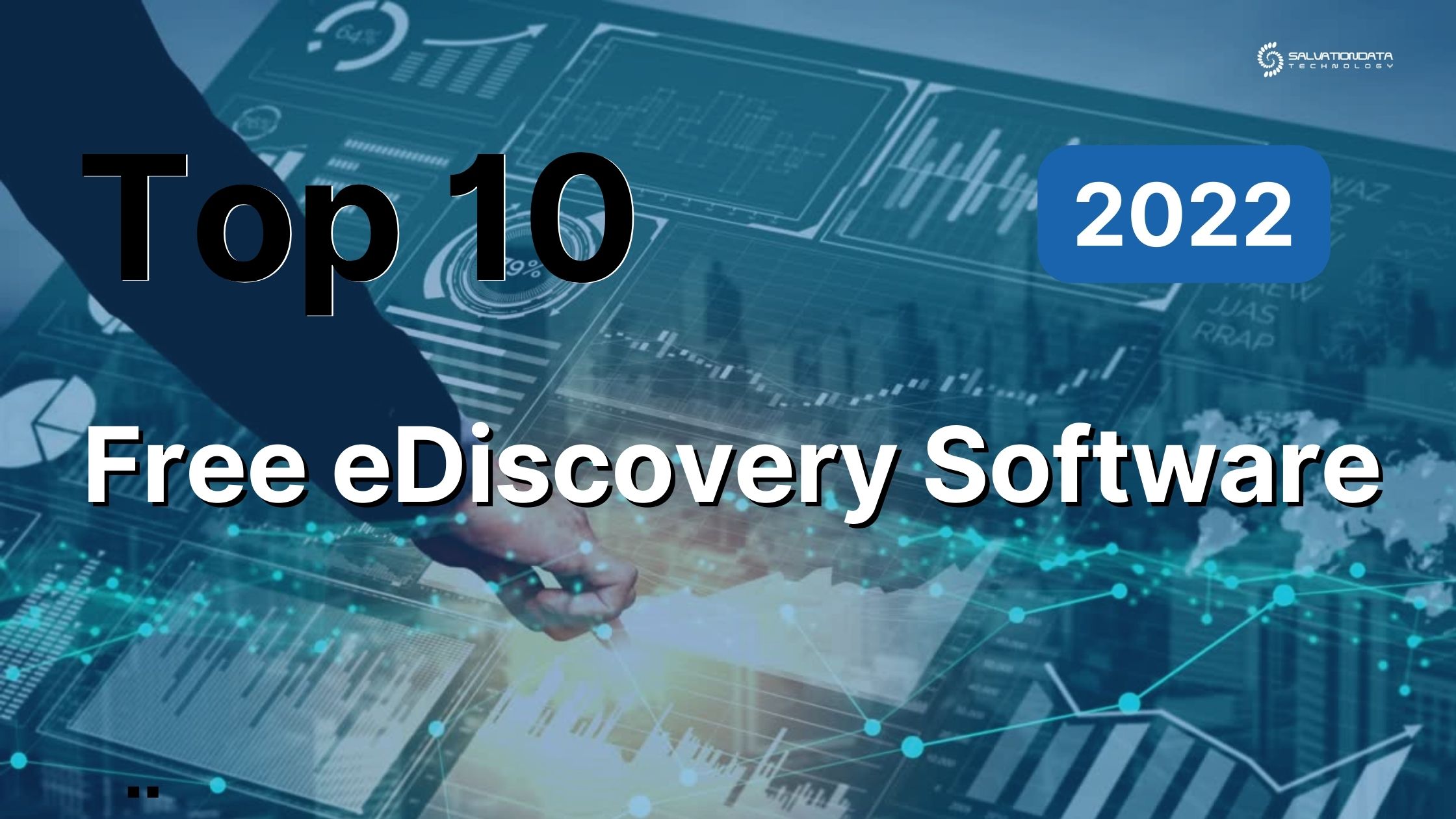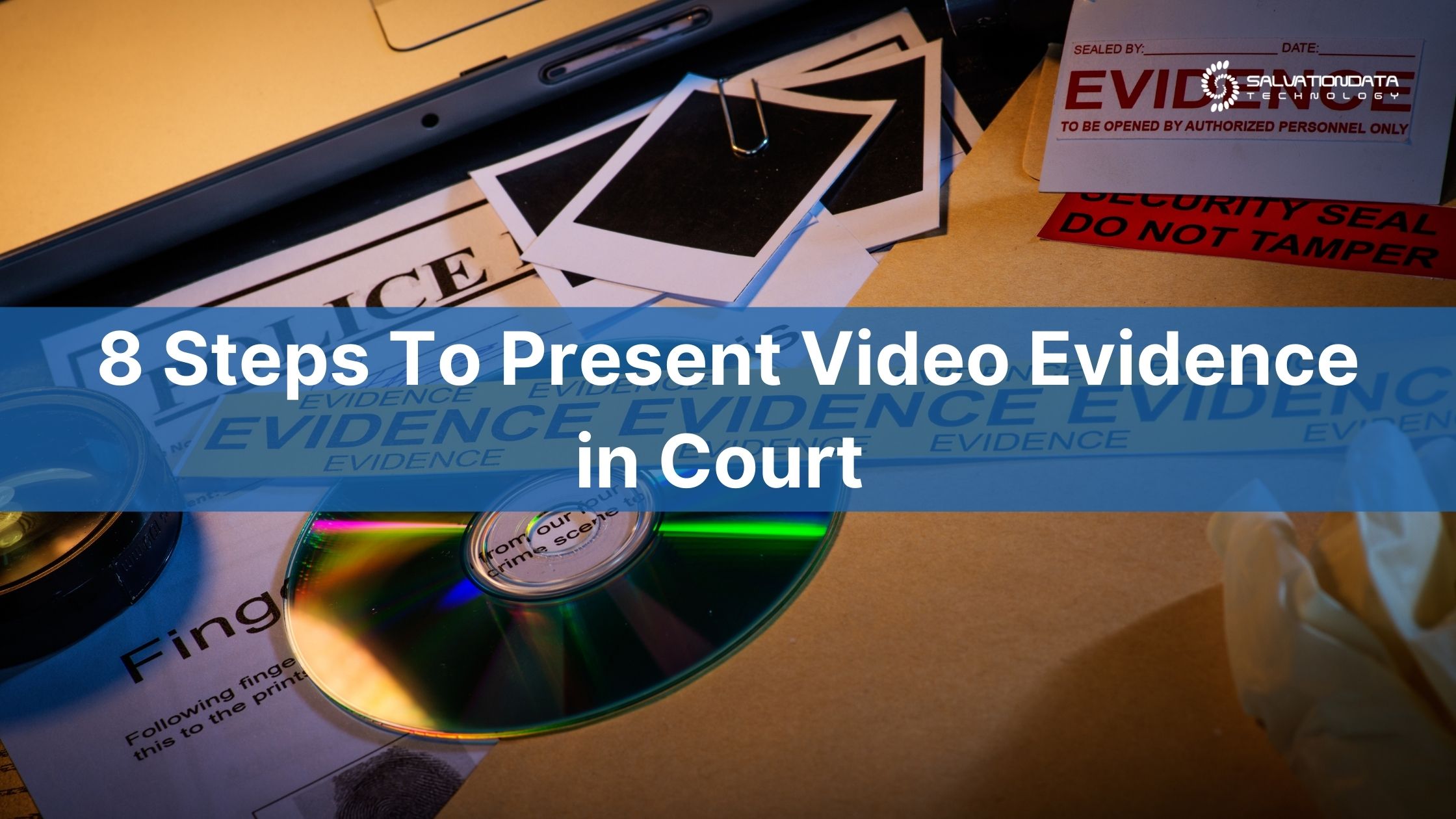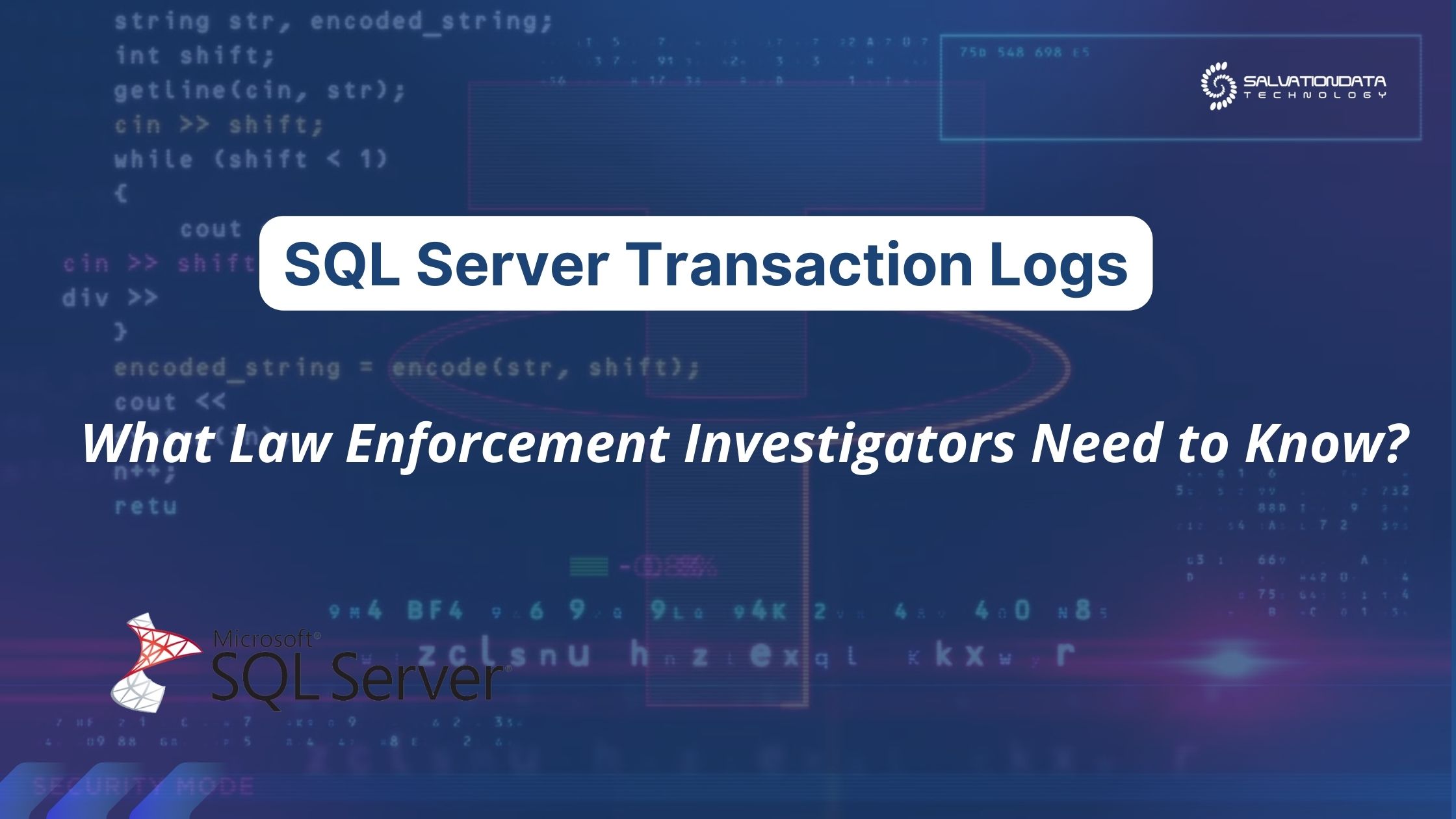Nowadays, almost any kind of device generates some type of logs. At any point a scheduled or user-triggered action occurs, some type of logs are usually generated.
Although the main purpose of logs is debugging and troubleshooting, analyzing logs can also be important for digital forensic experts as they attempt to untangle what’s behind an incident or a digital crime.
There are many types of logs:
- OS logs
- Application logs
- Database logs
- Network logs
- etc.
Analyzing them reveals what action has occurred, at what time, and who was using the device at the time of the incident.
You can think of log forensics as a combination of log analytics and computer forensics.
Various purposes of log forensics can include:
- Tracing a hacker
- Detecting a vulnerability
- Disaster recovery
As a digital forensics investigator, knowing the theoretical aspects of the subject matter is a good starting point.
Whereas, it’s not enough to just be equipped with the awareness, since it’s also important to put this knowledge to practice, and that’s why we’ve devised a practical guide to aid you during the investigation.


